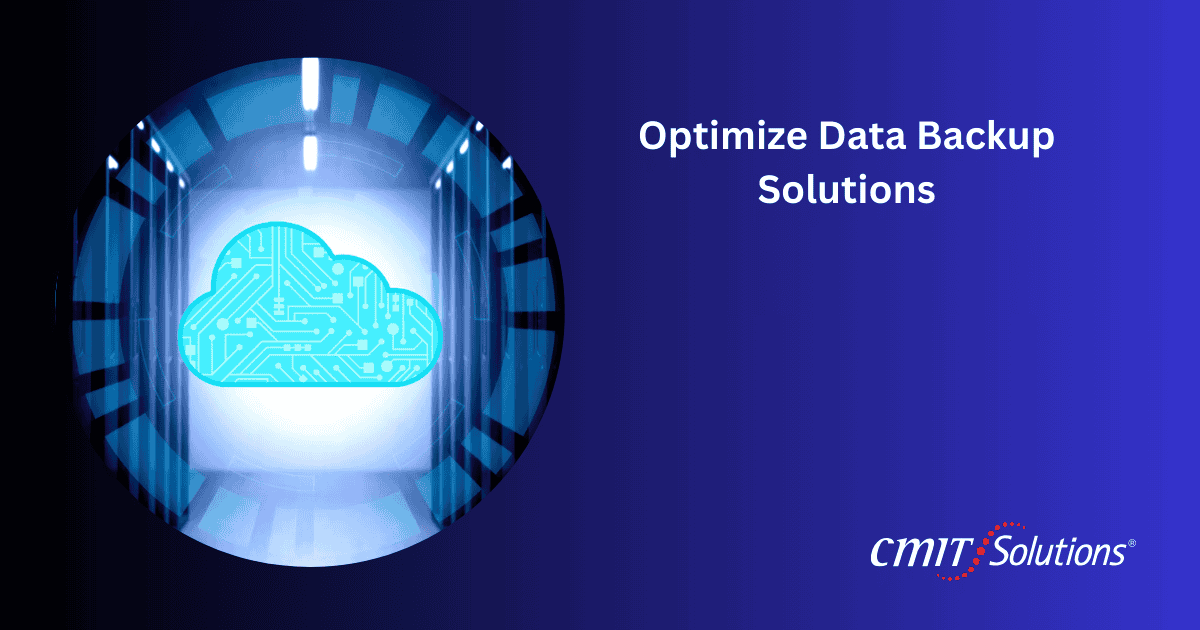The increasing reliance on cloud services means that businesses must be prepared for potential outages and disruptions. Effective cloud outage recovery management ensures that your operations can continue smoothly even in the face of unexpected downtime. Here’s a comprehensive guide on managing cloud outages in real-time, ensuring minimal disruption to your business.
1. Establish a Robust Disaster Recovery Plan
A well-structured disaster recovery plan (DRP) is the backbone of effective cloud outage management. This plan should detail the steps to be taken before, during, and after an outage to ensure business continuity.
Key elements of a DRP:
- Risk Assessment: Identify critical systems and potential risks associated with cloud outages.
- Recovery Objectives: Define Recovery Time Objectives (RTO) and Recovery Point Objectives (RPO) for different systems.
- Backup Strategies: Implement regular data backups and ensure they are stored in multiple locations.
- Testing and Drills: Regularly test the DRP through drills to ensure all employees know their roles and responsibilities.
For comprehensive backup solutions, explore our data backup services.
2. Leverage Multi-Cloud Strategies
Using multiple cloud service providers can significantly reduce the impact of an outage. A multi-cloud strategy involves distributing your workloads across different cloud platforms to ensure redundancy and high availability.
Benefits of a multi-cloud approach:
- Redundancy: If one provider experiences an outage, your services can continue running on another.
- Flexibility: You can choose the best features from different providers to suit your needs.
- Cost Efficiency: Optimize costs by selecting the most cost-effective options for different workloads.
Learn more about optimizing your cloud environment with our cloud services.
3. Implement Real-Time Monitoring and Alerts
Real-time monitoring and alert systems are crucial for detecting and responding to cloud outages promptly. These systems help identify issues before they escalate, allowing for quick mitigation.
Components of an effective monitoring system:
- Real-Time Data: Monitor the performance and availability of your cloud services continuously.
- Automated Alerts: Set up automated alerts to notify your IT team of any anomalies or outages.
- Dashboard Views: Use centralized dashboards to get a comprehensive view of your cloud environment.
Our network management services can provide you with advanced monitoring solutions.
4. Develop Clear Communication Protocols
Clear communication protocols are essential for managing cloud outages effectively. These protocols ensure that all stakeholders are informed promptly and accurately during an outage.
Steps to establish communication protocols:
- Notification Procedures: Define who should be notified and how during an outage.
- Communication Channels: Use multiple channels (email, SMS, internal messaging systems) to disseminate information.
- Regular Updates: Provide regular updates to stakeholders about the status of the outage and recovery efforts.
For seamless communication solutions, consider our unified communications services.
5. Ensure Compliance with Regulations
Compliance with industry regulations is crucial during cloud outages. Ensure that your recovery strategies align with the legal requirements for data protection and privacy.
Compliance strategies:
- Regular Audits: Conduct regular compliance audits to ensure your processes meet regulatory standards.
- Documentation: Maintain detailed records of your recovery procedures and any incidents.
- Employee Training: Train employees on compliance requirements and their roles during an outage.
Our compliance services can help you navigate the complexities of regulatory compliance.
6. Optimize Data Backup Solutions
Optimizing your data backup solutions ensures quick and reliable data recovery during an outage. Implementing a robust backup strategy is essential for minimizing downtime and data loss.
Best practices for data backups:
- Regular Backups: Schedule regular backups to ensure data is up-to-date.
- Multiple Locations: Store backups in multiple locations, including offsite and cloud-based storage.
- Testing: Regularly test backup restoration processes to ensure they work as expected.
For reliable backup strategies, explore our data backup solutions.
7. Invest in Cybersecurity Measures
Investing in robust cybersecurity measures protects your cloud environment from malicious attacks that could cause outages. A strong security posture reduces the risk of disruptions and data breaches.
Key cybersecurity measures:
- Firewalls and Encryption: Implement firewalls and encryption to protect your data.
- Access Controls: Use strict access controls to limit who can access sensitive information.
- Regular Audits: Conduct regular security audits to identify and address vulnerabilities.
Learn more about our cybersecurity services to protect your cloud environment.
8. Engage with a Managed Services Provider
Partnering with a managed services provider (MSP) can enhance your cloud outage recovery strategies. MSPs offer expertise and resources that can help you manage and mitigate the impact of outages.
Benefits of working with an MSP:
- Expertise: Access to specialized knowledge and skills in cloud management and recovery.
- 24/7 Support: Around-the-clock support to handle outages at any time.
- Cost Efficiency: Optimize costs by leveraging the MSP’s resources and infrastructure.
Discover how our managed services can support your cloud management needs.
9. Regularly Update Your Recovery Plans
Regularly updating your recovery plans ensures they remain effective as your business and technology evolve. Review and revise your plans to incorporate new technologies, processes, and lessons learned from past incidents.
Steps to keep your plans current:
- Periodic Reviews: Schedule regular reviews of your recovery plans.
- Incorporate Feedback: Use feedback from drills and real incidents to improve your plans.
- Stay Informed: Keep up-to-date with the latest best practices and technologies in cloud recovery.
For expert guidance on maintaining effective recovery plans, explore our IT guidance services.
10. Conduct Regular Training and Drills
Conducting regular training and drills ensures that your team is prepared to handle cloud outages effectively. These exercises help identify weaknesses in your plans and improve response times.
Training and drill best practices:
- Scenario-Based Drills: Use realistic scenarios to simulate different types of outages.
- Cross-Departmental Involvement: Involve all relevant departments in training exercises.
- Post-Drill Reviews: Conduct reviews after each drill to identify areas for improvement.
Our productivity applications include tools to enhance your team’s training and preparedness.
Conclusion
Effective real-time cloud outage recovery management requires a multifaceted approach that includes robust planning, advanced technologies, and continuous improvement. By implementing these strategies, you can minimize the impact of outages and ensure your business remains resilient. For comprehensive support in managing your cloud environment, visit our homepage. Protecting your business is our priority, and we are here to help you every step of the way.






